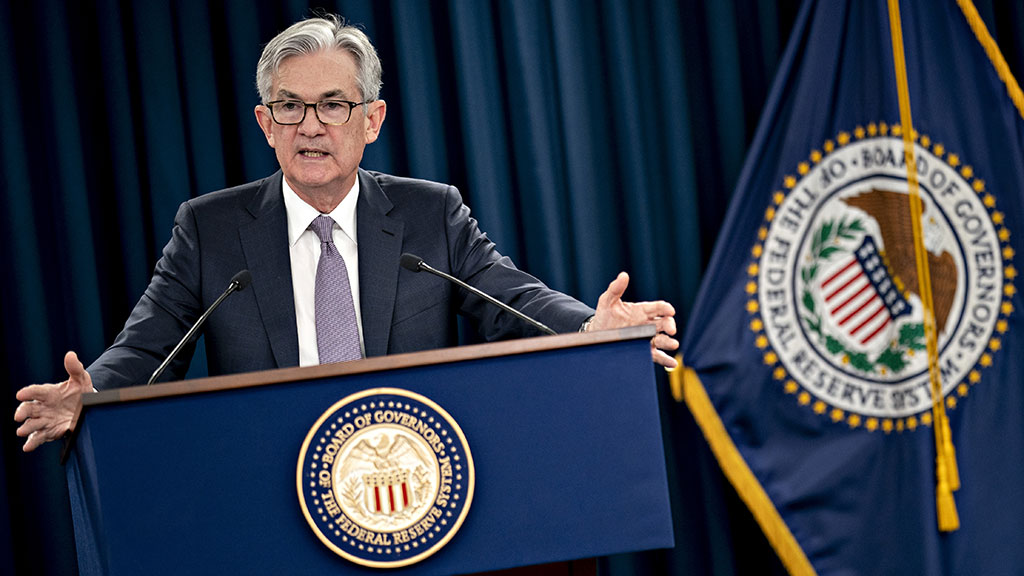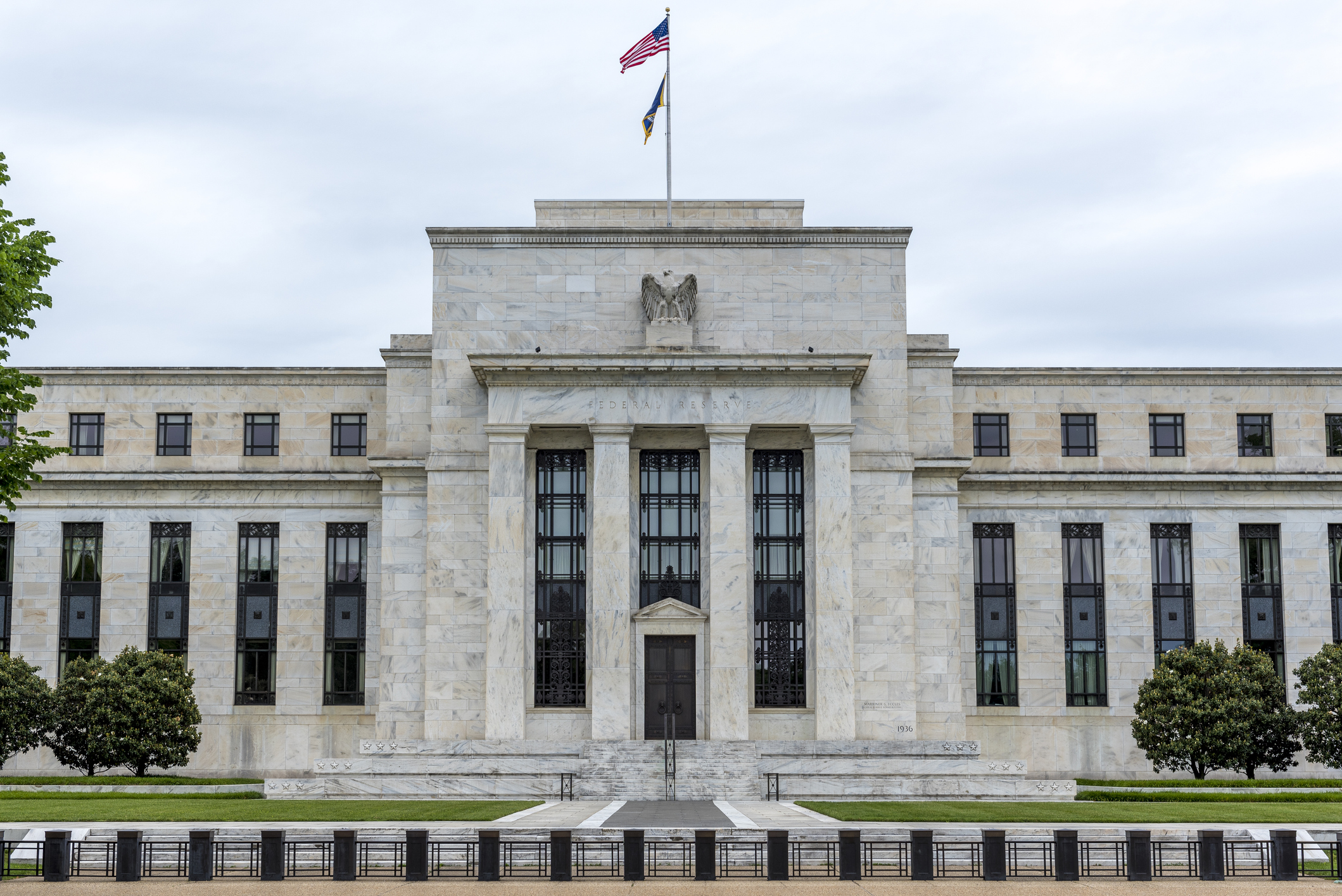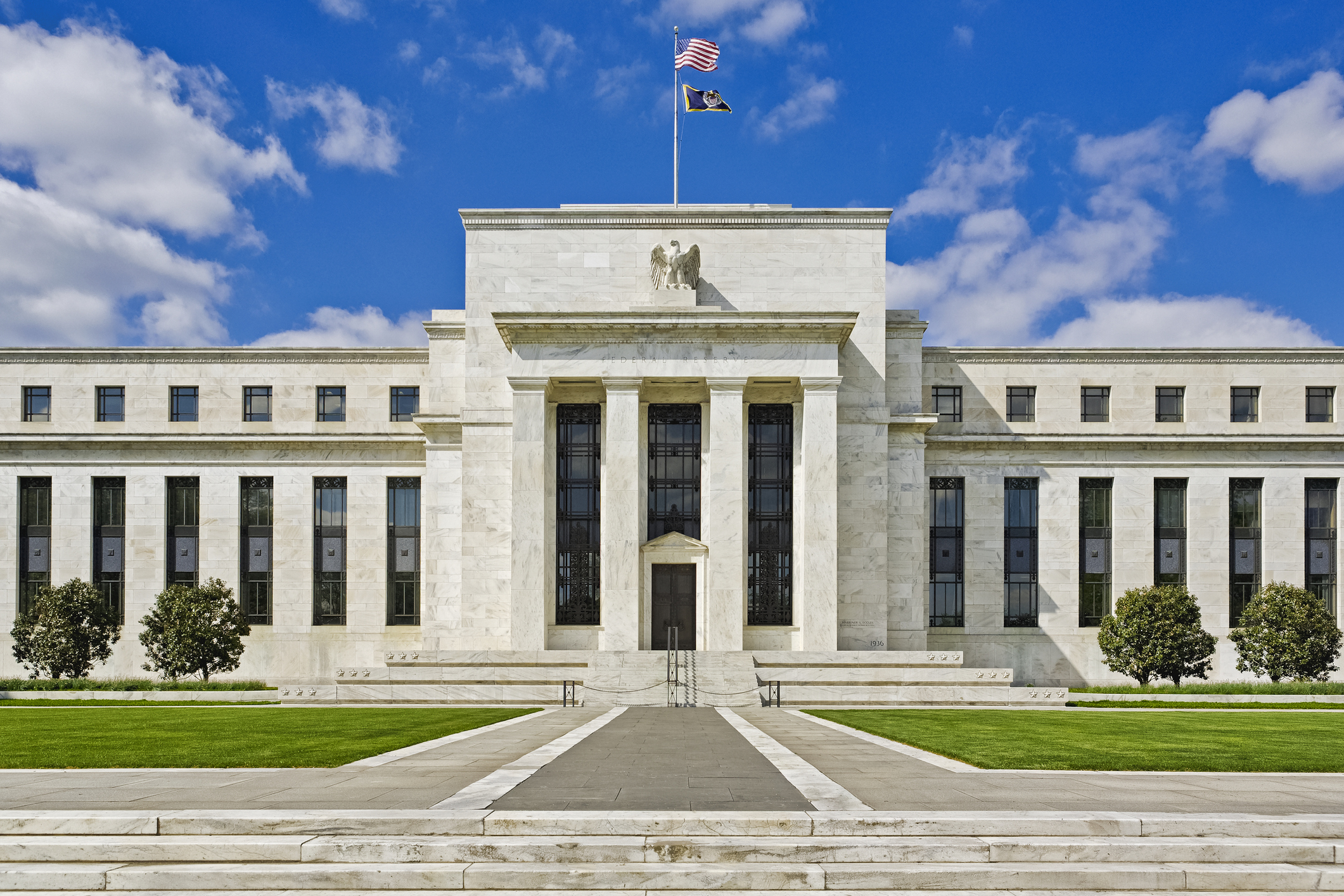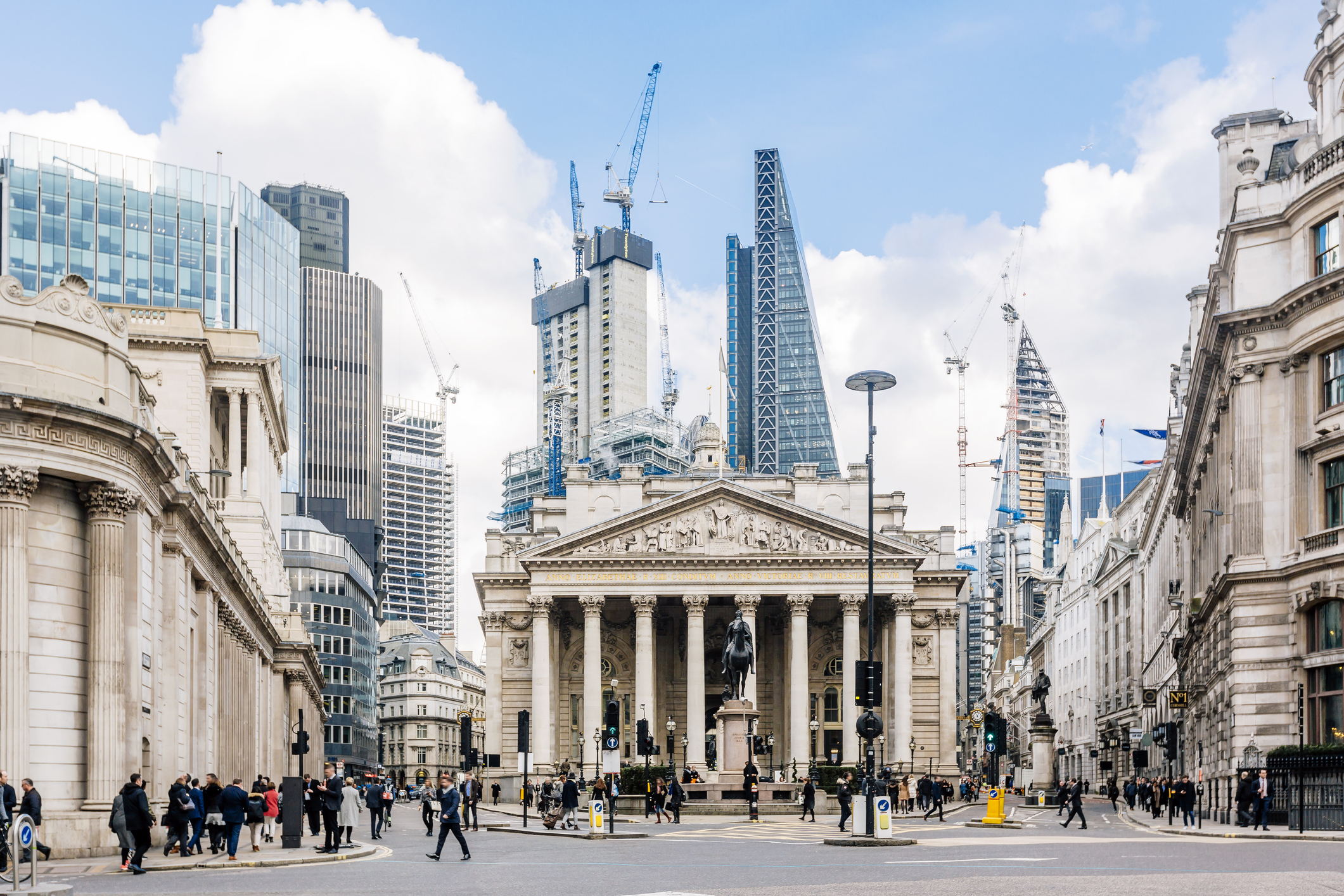Here’s why the Federal Reserve might print more money before 2020 is out
The Federal Reserve wants to allow US inflation to run “hot” for a while. But that’s just an excuse to keep interest rates low – and possibly print more money. John Stepek explains what’s behind the Fed’s thinking.


Let’s take a quick break from worrying about coronavirus.Let’s take a look at the Federal Reserve’s inflation targeting regime instead. Stop right there! Don’t touch that “back” browser button! I promise you this will actually be interesting.
The US central bank, the Federal Reserve, is currently reviewing its monetary strategy. We’re likely to hear about the outcome before the middle of this year.
Given that the Fed is arguably the most important influence on the US stockmarket, the US bond market, and the US dollar, that means any policy changes it puts in place matter to investors, regardless of whether we want to admit it or not.
MoneyWeek
Subscribe to MoneyWeek today and get your first six magazine issues absolutely FREE

Sign up to Money Morning
Don't miss the latest investment and personal finances news, market analysis, plus money-saving tips with our free twice-daily newsletter
Don't miss the latest investment and personal finances news, market analysis, plus money-saving tips with our free twice-daily newsletter
So what do we need to watch out for? The key is the inflation target.
The Fed’s strange approach to inflation
Today, the Fed has a 2% inflation target. Inflation in the US shouldn’t get too far above or too far below this level. If it goes above it, the Fed should tighten monetary policy. If it goes below 2%, it should loosen policy.
Inflation is now roughly around 2-ish% depending on the measure you use (it’s lower by the Fed’s preferred measure, right enough). However, it has spent quite a lot of time in recent years being well below 2%.
So now, rather than thinking about raising interest rates, the Fed is discussing whether it should allow inflation to run “hot” for a while. In other words, the Fed would tolerate inflation at quite a bit above 2%, to make up for the period of time during which inflation was “too low”.
At first sight, this idea is baffling. And to be honest with you, to anyone bar a central banker, it is pretty baffling.
The fate every central banker fears – turning Japanese
“Prices have not been rising quickly enough for the last decade. So we need to make sure that they rise much more quickly over the next decade so as to make up for it.”
That feels like a form of monetary masochism. I mean, most of us quite like the price of things to stay as low as possible. This feels like being told that we’ve had it too good for too long and now we must pay the price.
So here’s the rationale: central bankers place a lot of faith in the idea of inflation expectations. If the likes of you and I get too comfortable with low inflation, then we’ll stop expecting prices to go up. If we stop expecting prices to go up, we won’t be so desperate to spend money before its value collapses.
If we stop being so desperate to spend money, then the velocity of money (the rate at which money changes hands in the economy) will slow down. If the velocity of money slows down, then inflation will fall further. If inflation falls further, consumer expectations for future price increases will fall too.
Eventually we’ll end up in a spiral of doom, where no one spends anything because they think they’ll be able to get everything cheaper in the future. And thus deflation will take hold, the economy will go into deep freeze, no one will ever spend anything or do anything, and we’ll all sit at home until we starve, stubbornly refusing to buy cornflakes because we know that cornflakes will be 1p cheaper tomorrow.
OK maybe I’m exaggerating. A bit.
But basically all central bankers fear that their country will turn into Japan. Why turning into Japan – a nation with virtually zero unemployment whose GDP per head has grown at a perfectly acceptable rate relative to all of its peers – would be a bad thing is not all that clear to anyone but central bankers.
The half-baked foundations of our monetary system
One of the reasons I’m explaining all this to you, is to try to give you a sense of just how half-baked the foundations of our monetary regime are. We act like this is science – as though by pulling the right levers at the right time, a small group of central bankers can perfectly calibrate the economy.
This is patent drivel.
The real reason the Fed wants to change its inflation-targeting regime just now is because it needs an excuse to keep interest rates low.
I mean, if you genuinely think that inflation targeting should be symmetrical over time, then our recent disinflationary phase was surely only payback for the double-digit madness of the 1970s and early 1980s, no?
And the problems faced by Japan and the eurozone are nothing to do with inflation expectations. The problems there are all down to inefficient banking systems. That’s not something that either the US or the UK have a problem with.
So ignore the nonsense theories; it’s all about political pragmatism. The Fed can’t jack up interest rates because the S&P 500 can’t cope with rates being any higher than they are now. We saw that in the wobble of 2018.
In this sense, the MMT (Modern Monetary Theory, or Magic Money Tree, according to taste) people are right. The only restraint on government money printing is the point at which inflation becomes so painful that it cannot be ignored politically.
Of course, as history amply demonstrates, by that time you’re usually looking at the collapse of empire, riots in the streets, irreversible currency debasement and all that good stuff. But that’s all something to worry about another day.
For now, the point is this: the Fed will take whatever excuse it needs to keep interest rates nice and low for the foreseeable future. And if coronavirus gives it even half an excuse, expect to see more money printing before the year is out.
Get the latest financial news, insights and expert analysis from our award-winning MoneyWeek team, to help you understand what really matters when it comes to your finances.
John Stepek is a senior reporter at Bloomberg News and a former editor of MoneyWeek magazine. He graduated from Strathclyde University with a degree in psychology in 1996 and has always been fascinated by the gap between the way the market works in theory and the way it works in practice, and by how our deep-rooted instincts work against our best interests as investors.
He started out in journalism by writing articles about the specific business challenges facing family firms. In 2003, he took a job on the finance desk of Teletext, where he spent two years covering the markets and breaking financial news.
His work has been published in Families in Business, Shares magazine, Spear's Magazine, The Sunday Times, and The Spectator among others. He has also appeared as an expert commentator on BBC Radio 4's Today programme, BBC Radio Scotland, Newsnight, Daily Politics and Bloomberg. His first book, on contrarian investing, The Sceptical Investor, was released in March 2019. You can follow John on Twitter at @john_stepek.
-
 The political economy of Clarkson’s Farm
The political economy of Clarkson’s FarmOpinion Clarkson’s Farm is an amusing TV show that proves to be an insightful portrayal of political and economic life, says Stuart Watkins
-
 Profit from leisure sector as consumers go on spending spree
Profit from leisure sector as consumers go on spending spreeThe UK leisure sector had a straitened few years but now have cash in the bank and are ready to splurge. The sector is best placed to profit
-
 'Governments are launching an assault on the independence of central banks'
'Governments are launching an assault on the independence of central banks'Opinion Say goodbye to the era of central bank orthodoxy and hello to the new era of central bank dependency, says Jeremy McKeown
-
 Will Donald Trump sack Jerome Powell, the Federal Reserve chief?
Will Donald Trump sack Jerome Powell, the Federal Reserve chief?It seems clear that Trump would like to sack Jerome Powell if he could only find a constitutional cause. Why, and what would it mean for financial markets?
-
 Do we need central banks, or is it time to privatise money?
Do we need central banks, or is it time to privatise money?Analysis Free banking is one alternative to central banks, but would switching to a radical new system be worth the risk?
-
 Will turmoil in the Middle East trigger inflation?
Will turmoil in the Middle East trigger inflation?The risk of an escalating Middle East crisis continues to rise. Markets appear to be dismissing the prospect. Here's how investors can protect themselves.
-
 Federal Reserve cuts US interest rates for the first time in more than four years
Federal Reserve cuts US interest rates for the first time in more than four yearsPolicymakers at the US central bank also suggested rates would be cut further before the year is out
-
 The Bank of England can’t afford to hike interest rates again
The Bank of England can’t afford to hike interest rates againWith inflation falling, the cost of borrowing rising and the economy heading into an election year, the Bank of England can’t afford to increase interest rates again.
-
 Interest rates held at 5.25% again
Interest rates held at 5.25% againThe Bank of England has kept rates at 5.25% again, in a widely anticipated move. We look at what it means for your money - and what the Bank’s next move could be
-
 US inflation rises to 3.7% as energy prices surge - will the Fed hike rates?
US inflation rises to 3.7% as energy prices surge - will the Fed hike rates?US consumer price index rose in August but markets do not expect a rate hike this month
